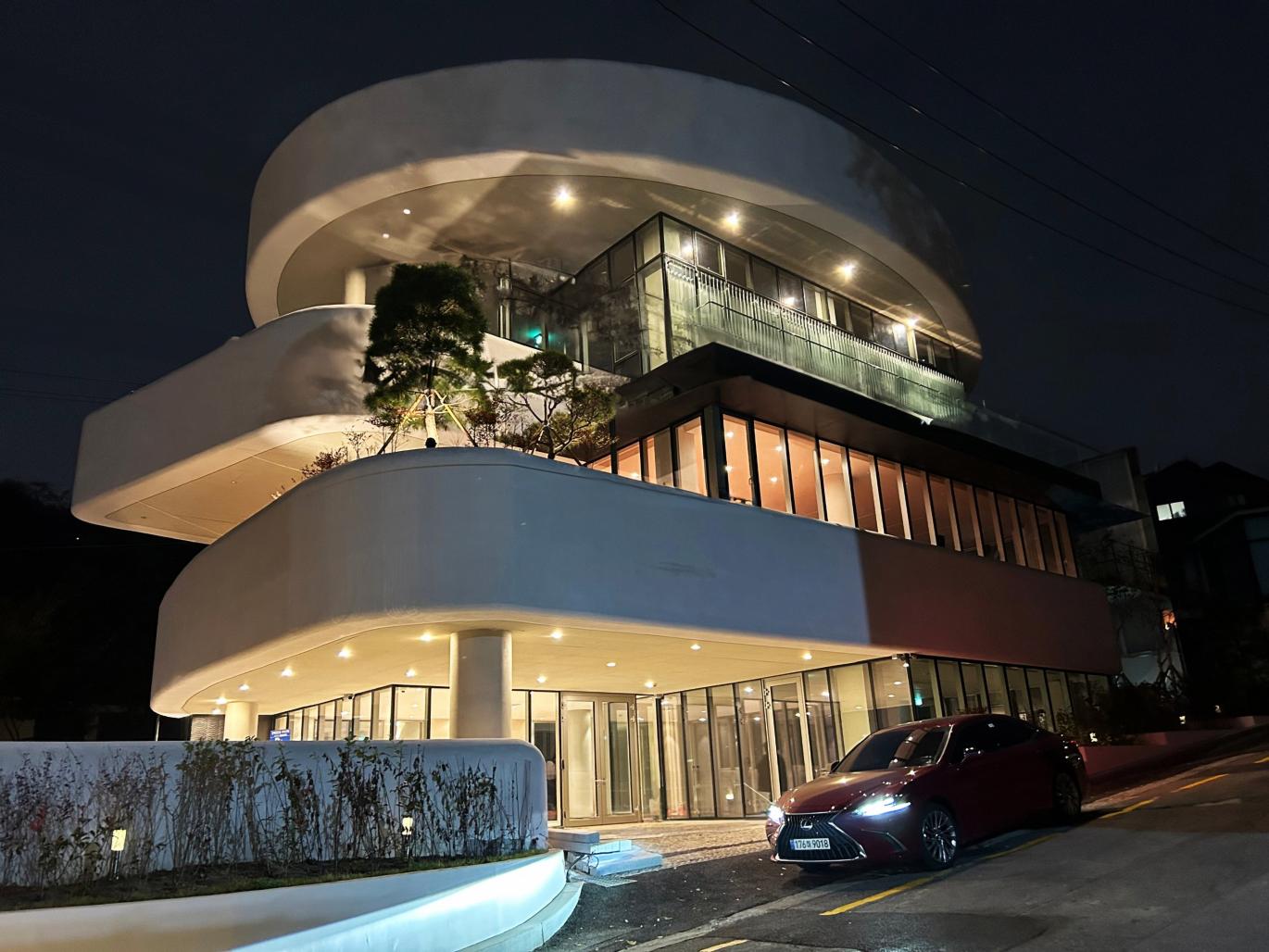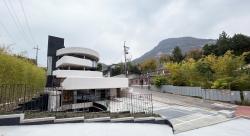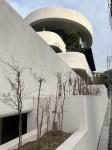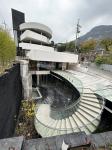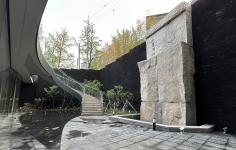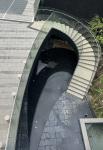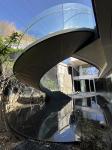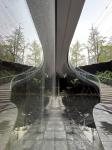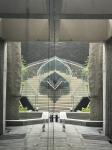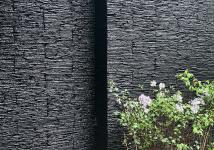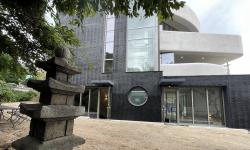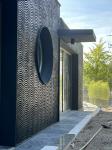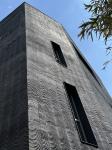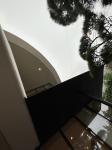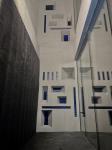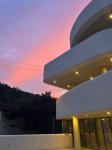0. Background History of Site Location
When Lee Seong-gye, who founded the Chosun Dynasty, selected the capital site of Chosun Dynasty (1392), he adopted Jeong Do-jeon's 'Bukak Jusanseol' among the suggestions of Master Muhak and Jeon Do-jeon, and it became the center of Cosun and Seoul for 630 years since the founding of the nation. It is a land at the foot of Bukak Mountain that has maintained its reputation.
According to Korean Feng Shui thoery, this land was recognized as a land that promised “well-being and prosperity,” as it had the best topography and was stably surrounded by Bukak Mountain, the main mountain, Naksan Mountain to the left, Inwang mountain to the right, and Namsan Mountain to the south.
In other words, the city of Hanyang, the capital of Chosun, which was the old Seoul, was not created as an artificial axis, but was planned as an axis of a full of vitality based on the natural topography.
In other words, the north-south axis was established with the axis connecting Bugak Mountain and Namsan Mountain as the main axis, and Gyeongbokgung Palace was built at the foot of Bugak Mountain, the main mountain, and continuing till this day. It was a collective residential area of the royal families,noblemen and has established itself as the best location in the context of the natural environments and Feung Shui Theory which is dominant philosophy within the Four main Gates.
1. Threshold between the old & new
The architectural motif of ‘Gateway from the Fortress’ began with the desire to restore this area’s unique geographical characteristics, historical and cultural context, and forgotten beautiful natural terrain - layered rock walls, mountains, trees, valleys, and water flows.
This area is the point that connects the inside and outside of Jahamun Gate, and there have been many beautiful major scenic spots in this area since ancient times, and many writers and painters, including Gyeomjae Jeong Seon (1676-1759, a famous painter), wrote poems and painted paintings while admiring the beautiful scenery.
As times have changed and this landscape appearance has gradually disappeared in the process of modernization, the newly built buildings, the Gateway from the Fortress’ and open space are intended to serve as an opportunity space to recall and restore the beauty of the past and become a landmark that captures the unique value of the area.
2. An Invitation into Another World
Buaam, meaning ‘baby-carrying rock,’ is a rock that protrudes along the ridge toward Samcheong-dong from the top of the current Bukak Mountain (or Baekak Mountain).
Gyeomjae, who was a local resident, left behind many famous realistic paintings of Mt. Bukak,which was familiar to him, and Buaam, which has a unique appearance.
In particular, the paintings of Baekakbuaamdo and Baekansando , the rocks are viewed from the above sky, with formations that seem to flow in layers (celestiality), people who look at the world (earthly world) standing between pine trees and rocks , and disposing the space of the margin in betweens. It has such an unique composition.
'The Gateway from the Fortress' was designed using the natural topography of beautiful rock formations composed of layers that seem to flow between these valleys as an architectural motif, and landscape elements were placed in and around the water applied sunken garden to create a space similar to a valley rest area in the past.
3. OPEN SPACE where you can remember the traces of Cheonggyecheon Stream
The site of this plan is located near Baekundongcheon Stream, the origin of Cheonggyecheon Stream. Accordingly, in the underground level sunken garden, a new water garden was created to remember the atmosphere of the beautiful valleys of Cheongpung-gye and Baekun-dong Stream around Cheongun-dong. Therefore, it was intended to be a place where not only the people who use the building but also the many people who pass by this place can feel and confirm the emotions felt by their original ancestors through this area’s authentic natural beauty.
4. Reminiscence Node / Open Space for Stop By
The beautiful scenery of this area has been appreciated for a long time. The road to Jahamun Gate which was previously the main walking path, was a famous local attraction. In particular, the scenery of Bukhan Mountain outside Jahamun Gate, which opens onto the Pyeongchang-dong area, presented a fresh and breathtaking sight of escaping the secular world and moving into a new world.
Currently, this site is located at the three-way intersection where the road leading to Jahamun Tunnel , the road alongside the new building and the road to Gyeongbok Palace. This is a place of reminiscence (Reminiscence Node) that revives old memories of the area where the old road and the current road meet. So we hope that it will serve as an landmark of recovery in order to experience the newly interpreted natural atmosphere.
5. Design Intention and Motives
ㆍRestoration of the old nature and orthodox appearance of the Chosun Dynasty
- Mass composed of flowing layers
- Forming that builds Mass in accordance with the topography
- A space containing nature and people / Sunken Garden
- Layering of traditional tiles, stacking of natural slate stones
ㆍA space that contains the flow and gathering of water, wind, and people
- Terrace space, ‘Lu’ that mediates inside and outside
- Space under the eaves where wind flows
- A waterfall that flows water and a bowl that holds water
2021
2023
Location: 16-1, Cheongun-dong, Jongno-gu, Seoul, Republic of Korea
Site Area: 903.10㎡
Bldg. Area: 1384.2㎡
Bldg. Coverage Ratio: 29.97%
Gross Floor Ratio: 61.31%
Bldg scope: B2, FL3
Structure: R.C
Exterior Finish: Exposed Concrete, Limestone Powder Plaster, Layering of traditional roof tiles
Architects: Yecheon Architects_Daniel Keunwoo Cheon
Construction: IDP Development & Construction
